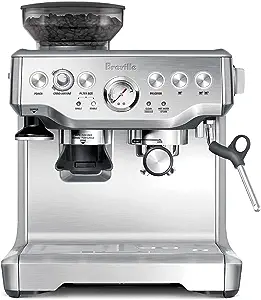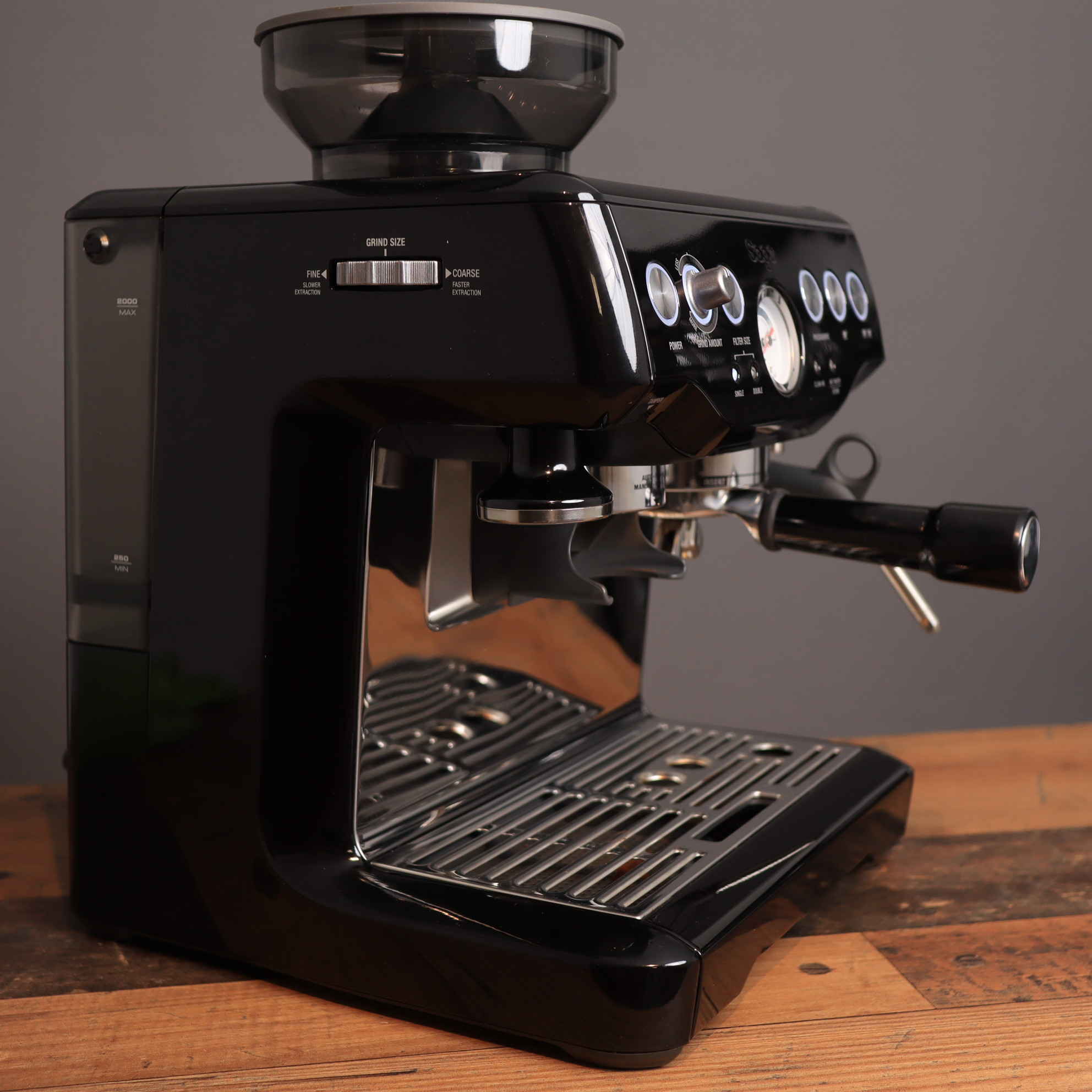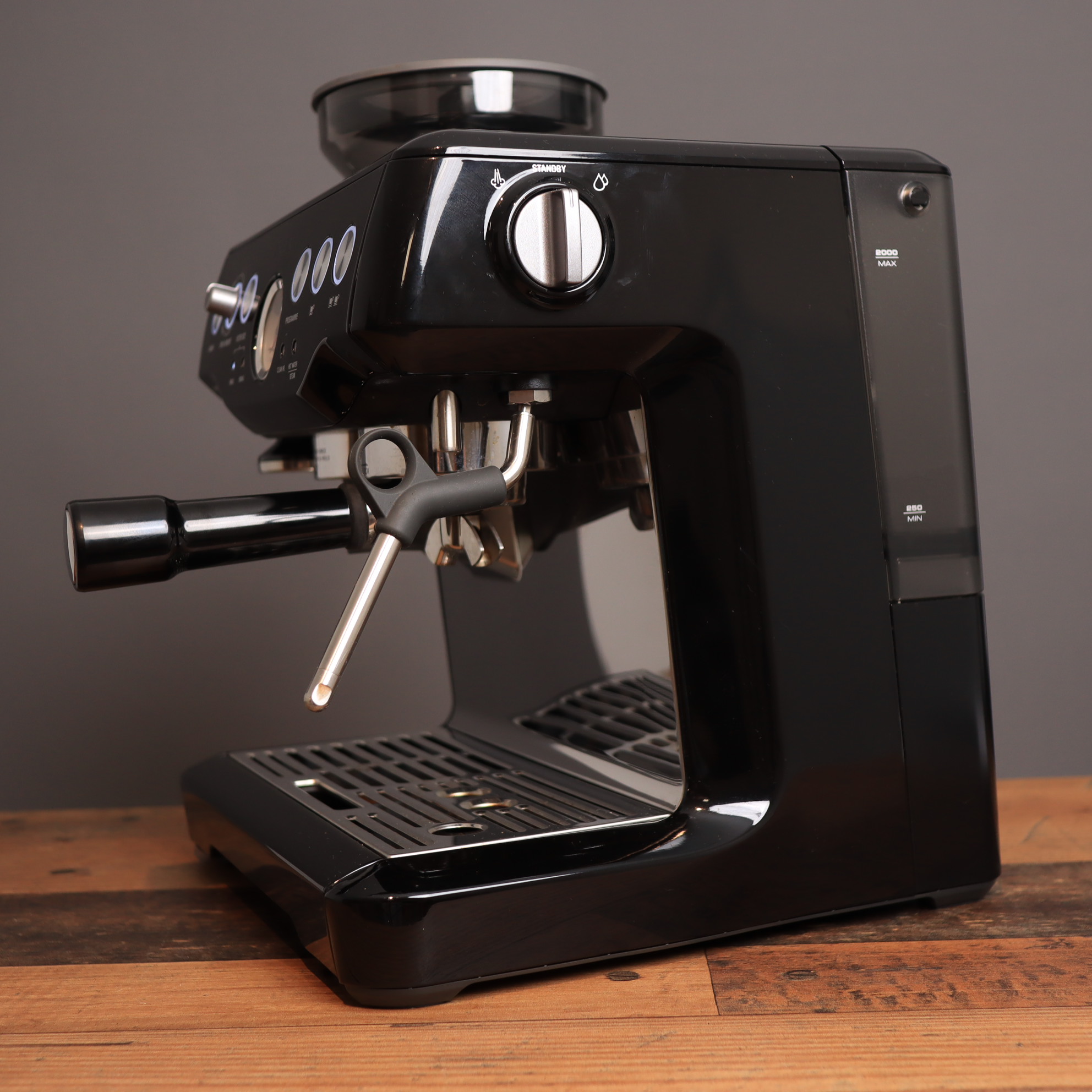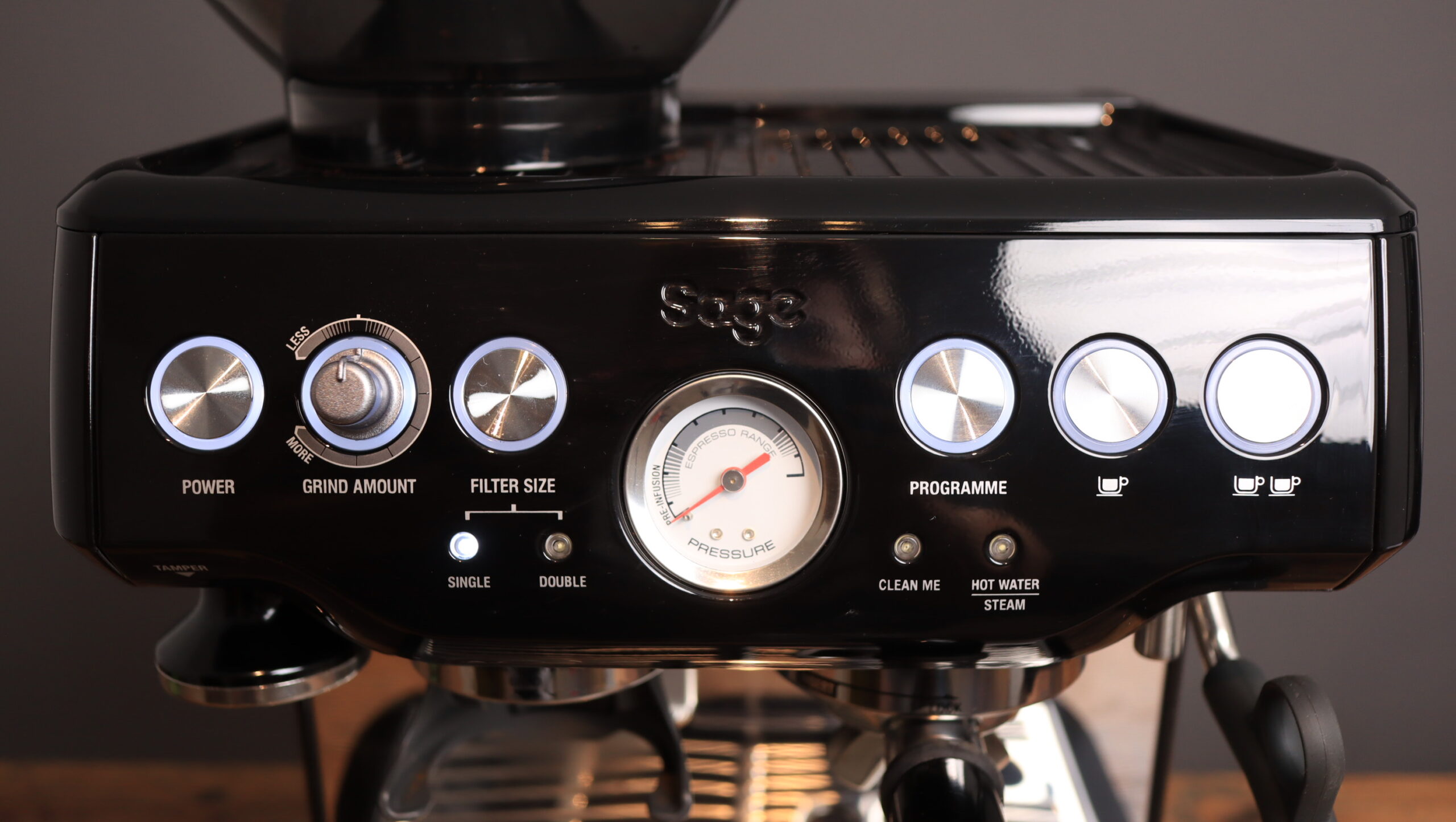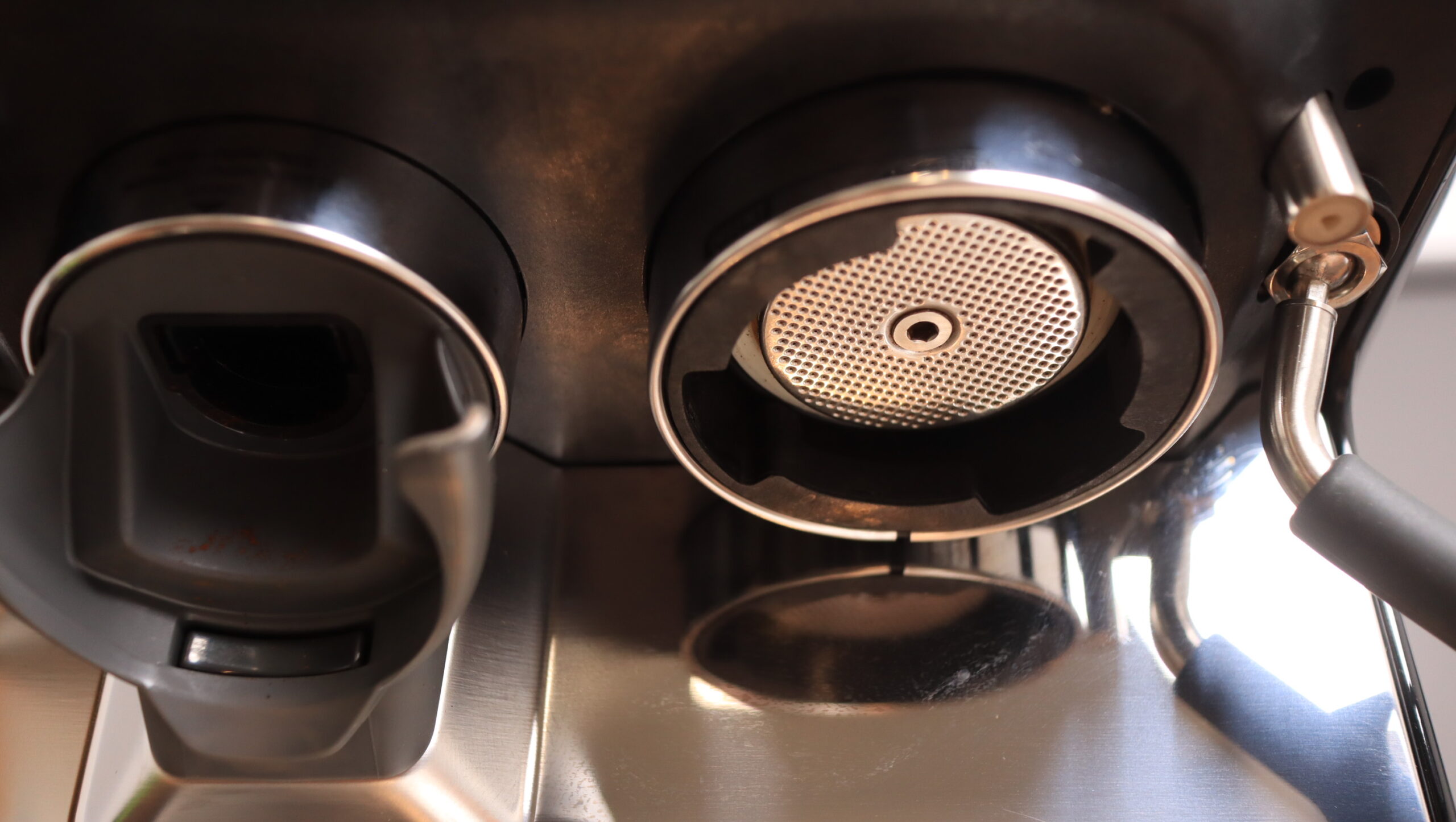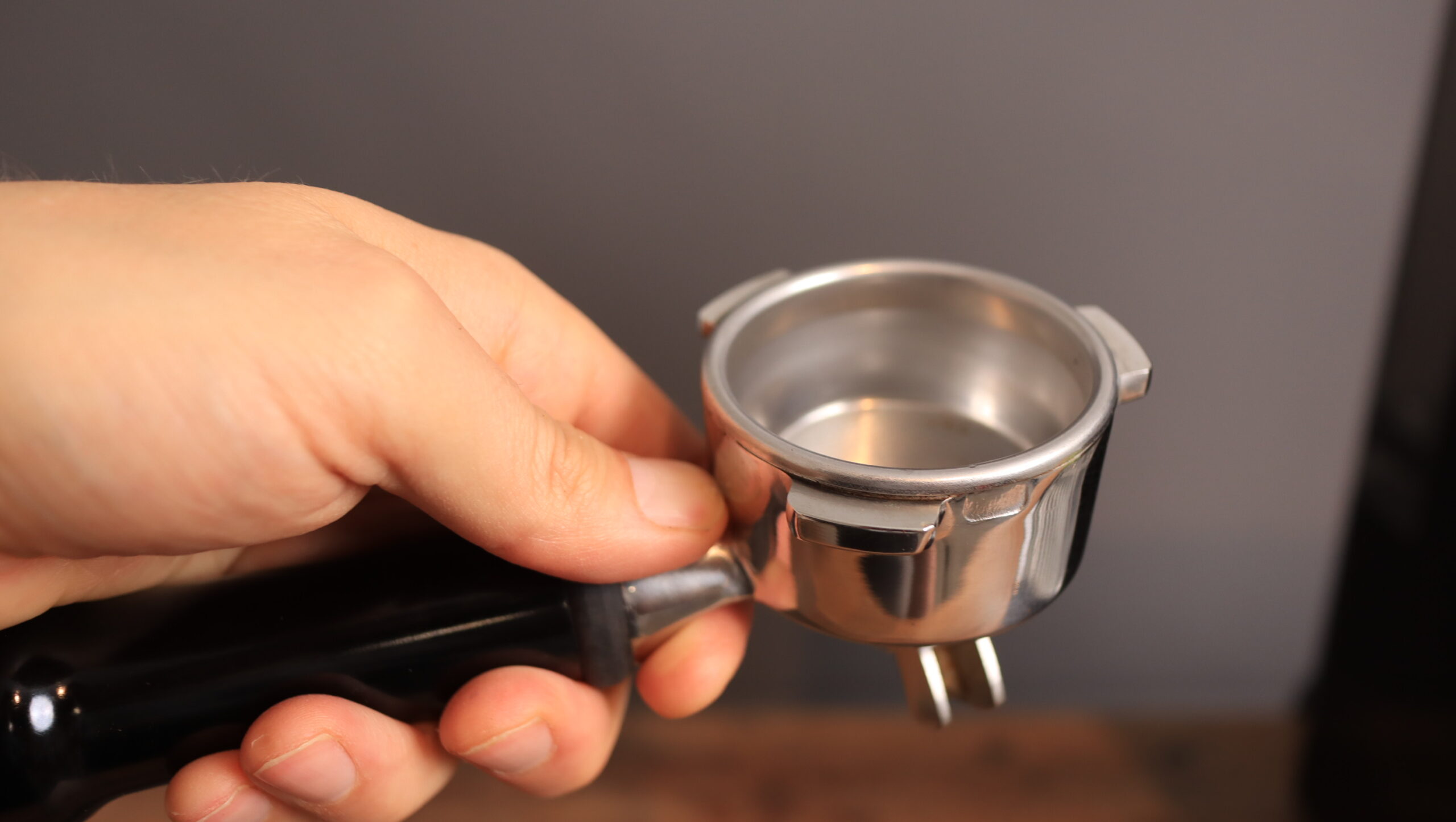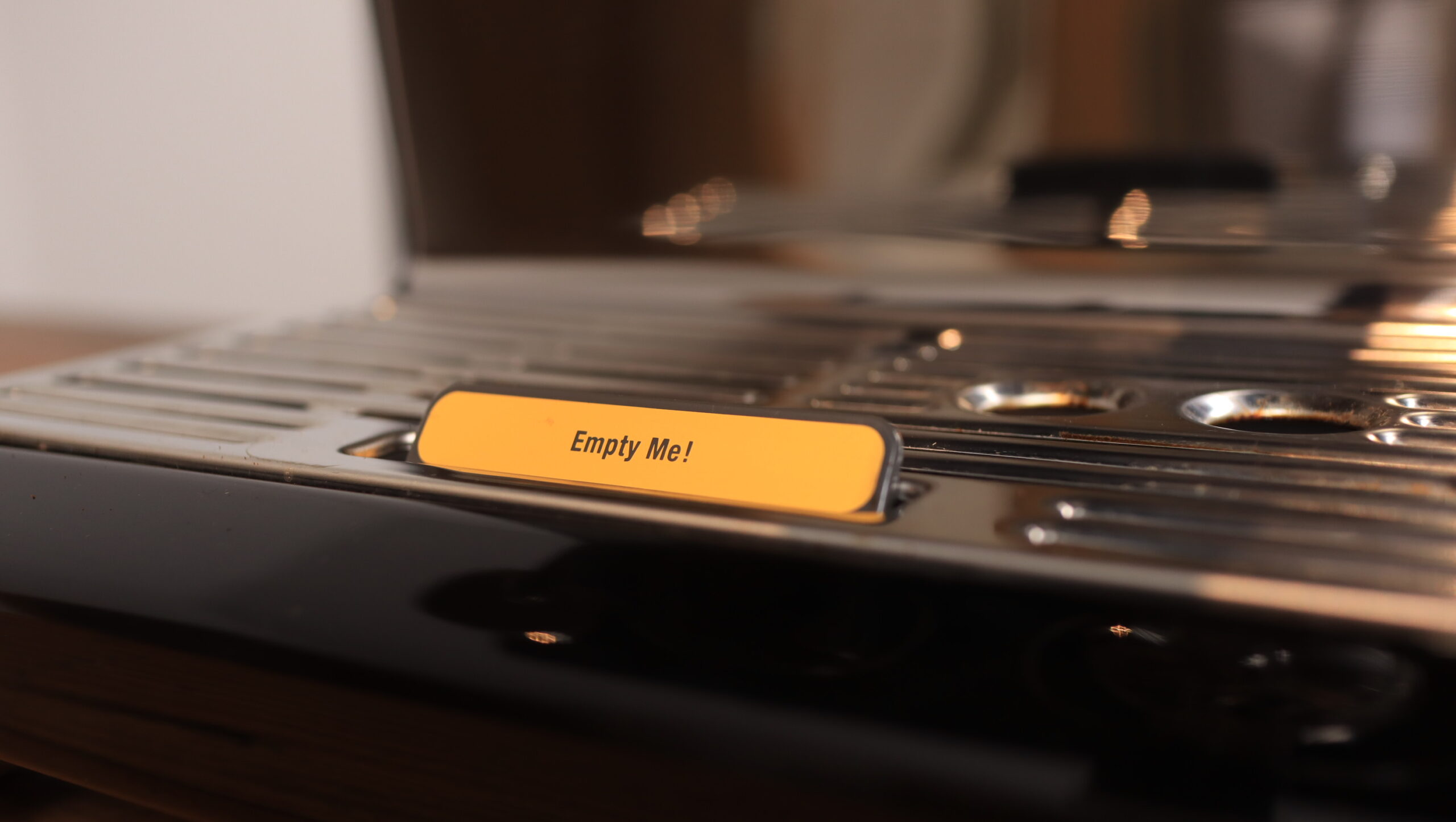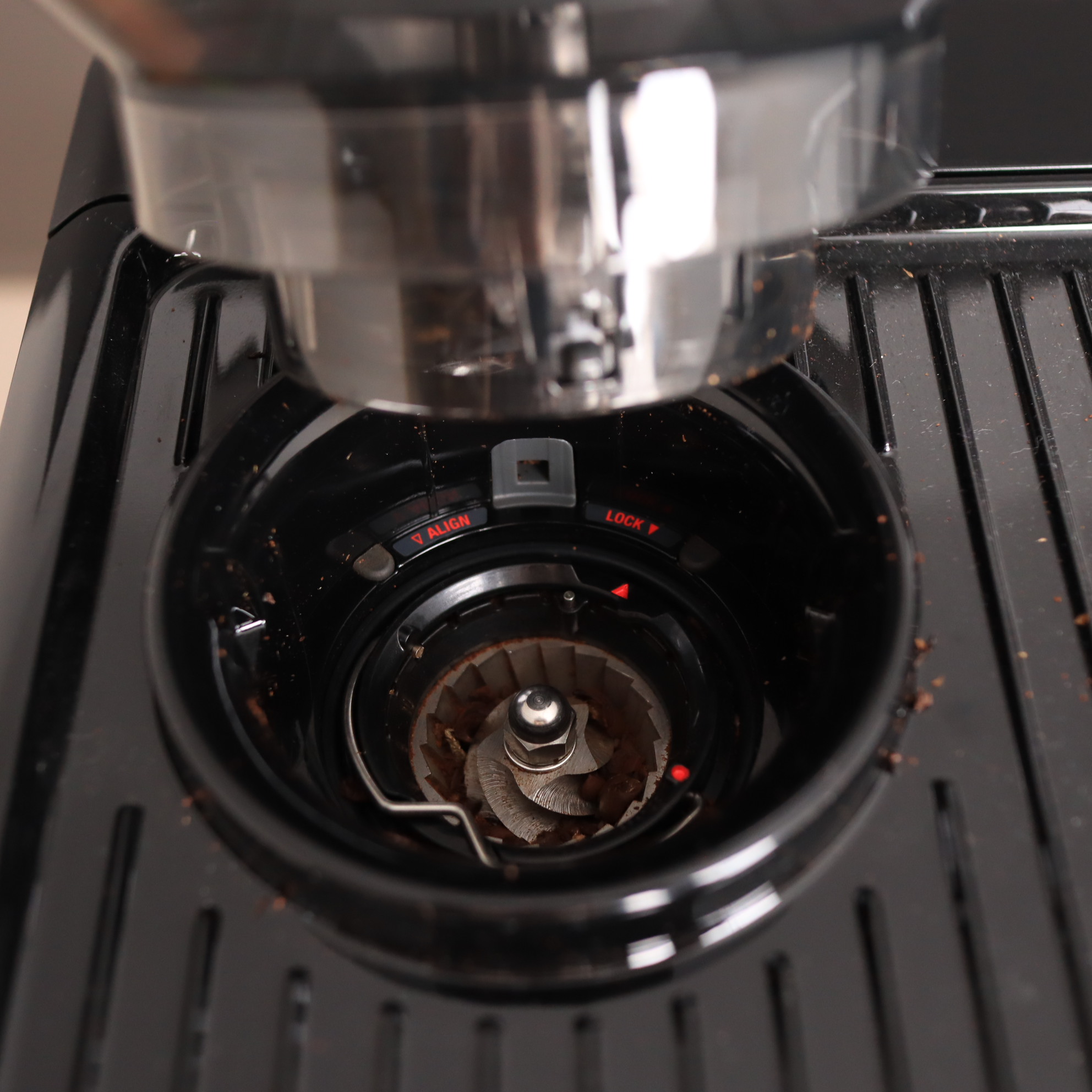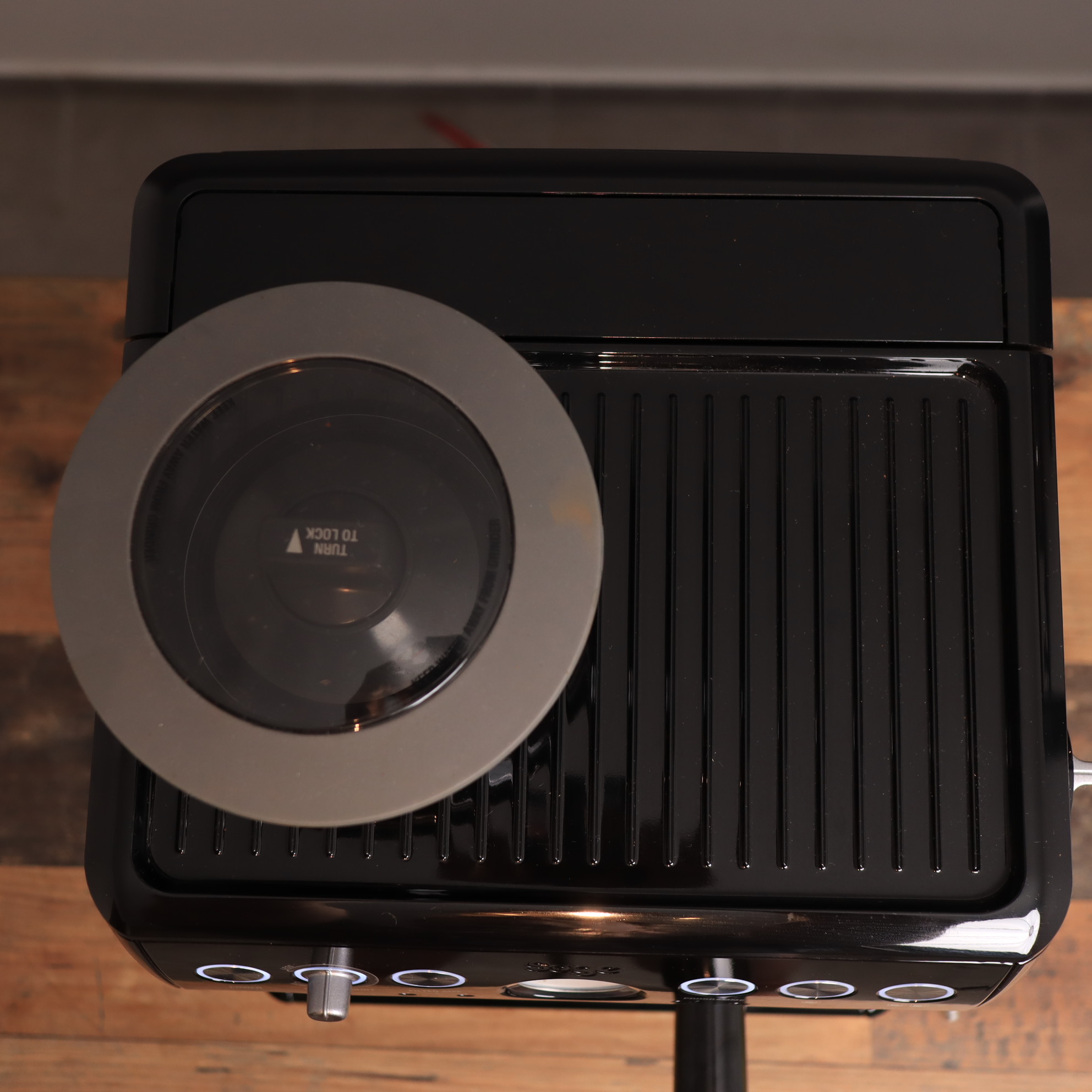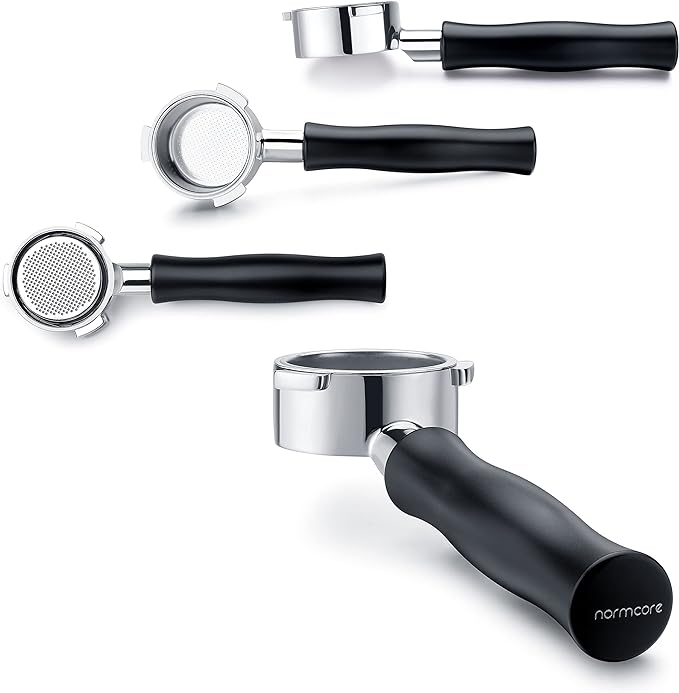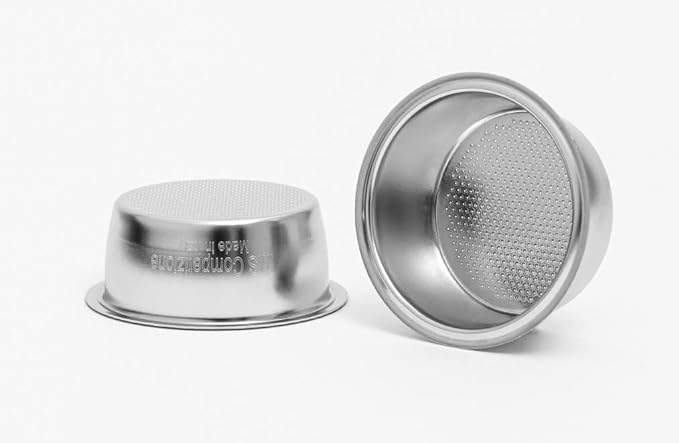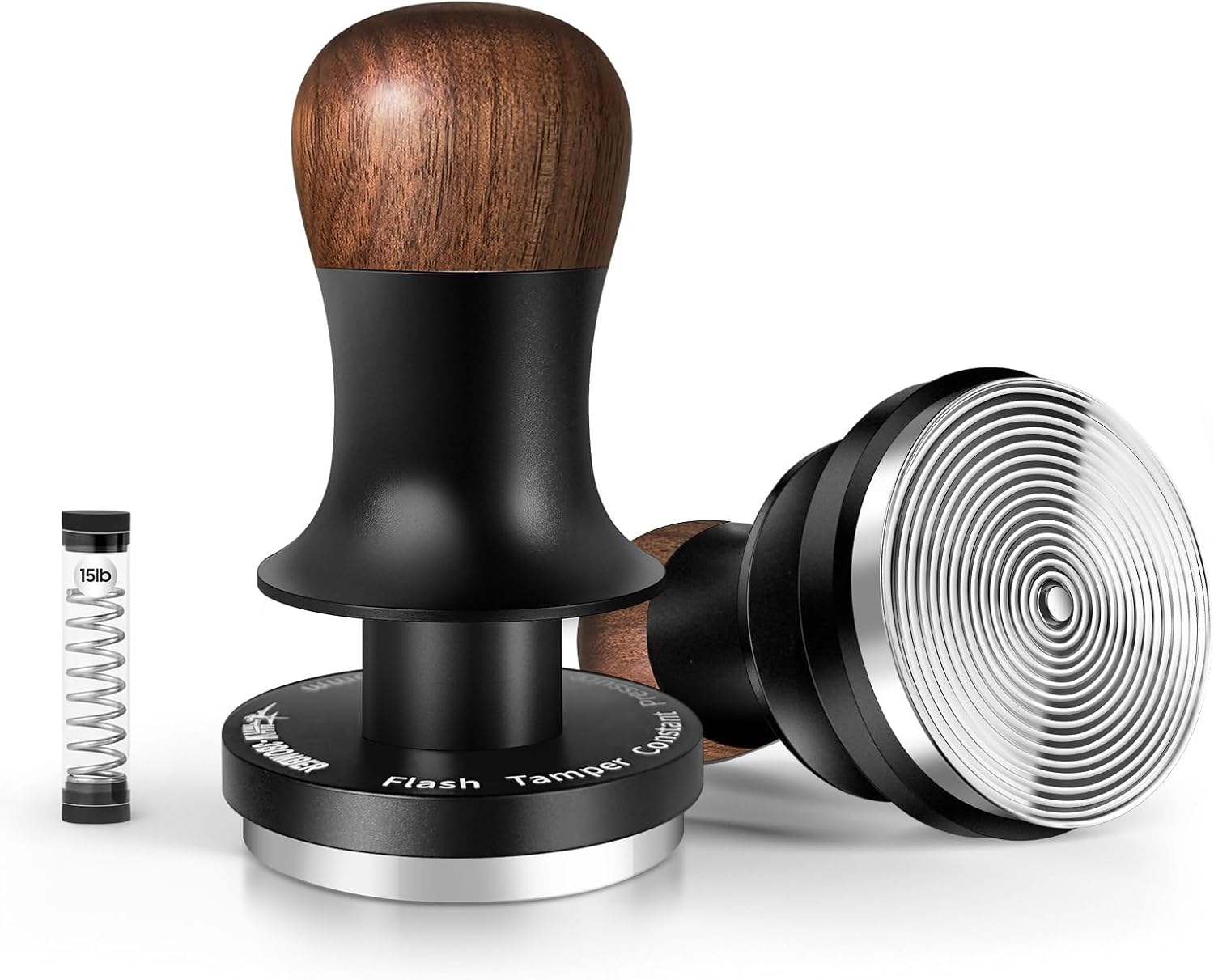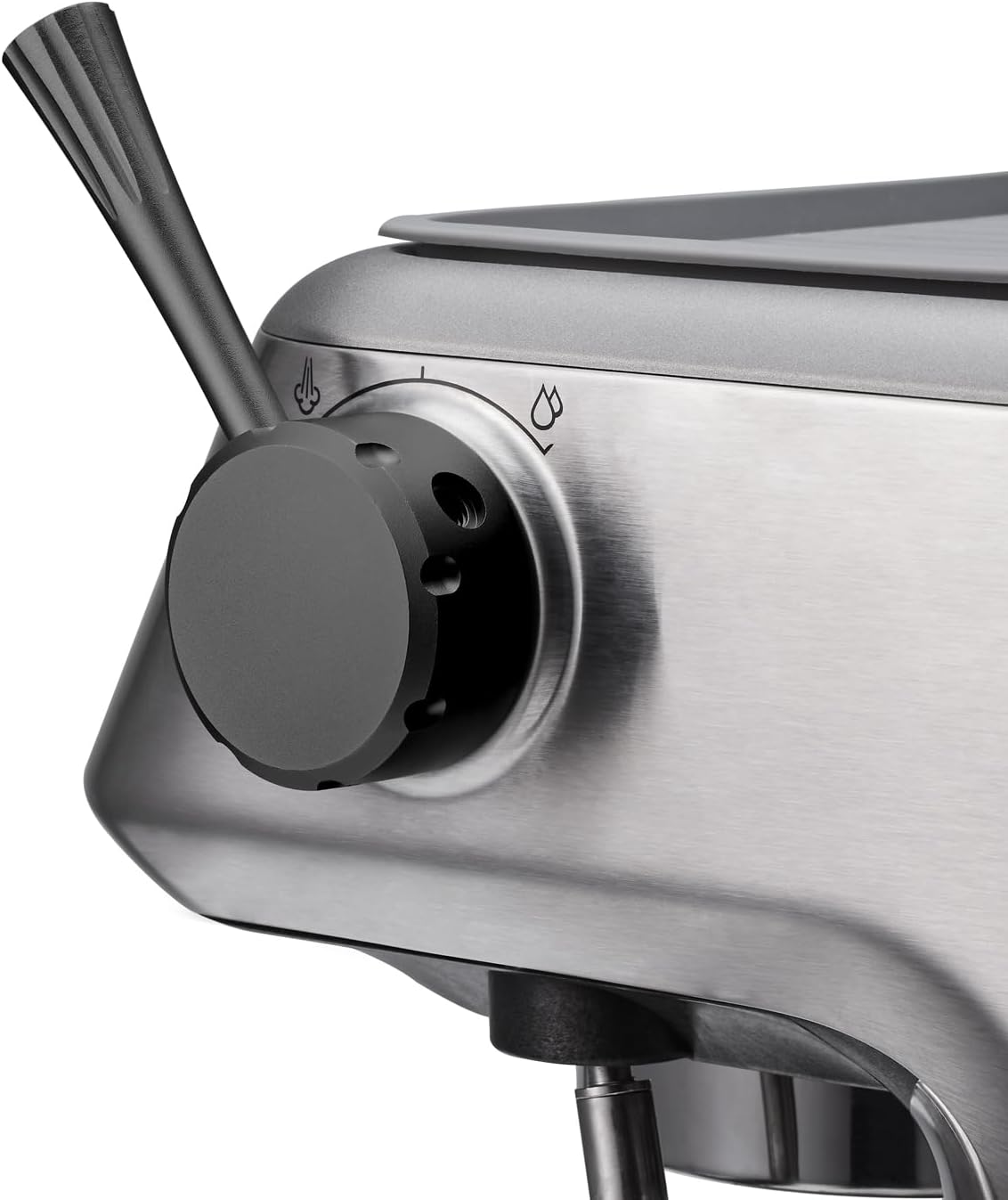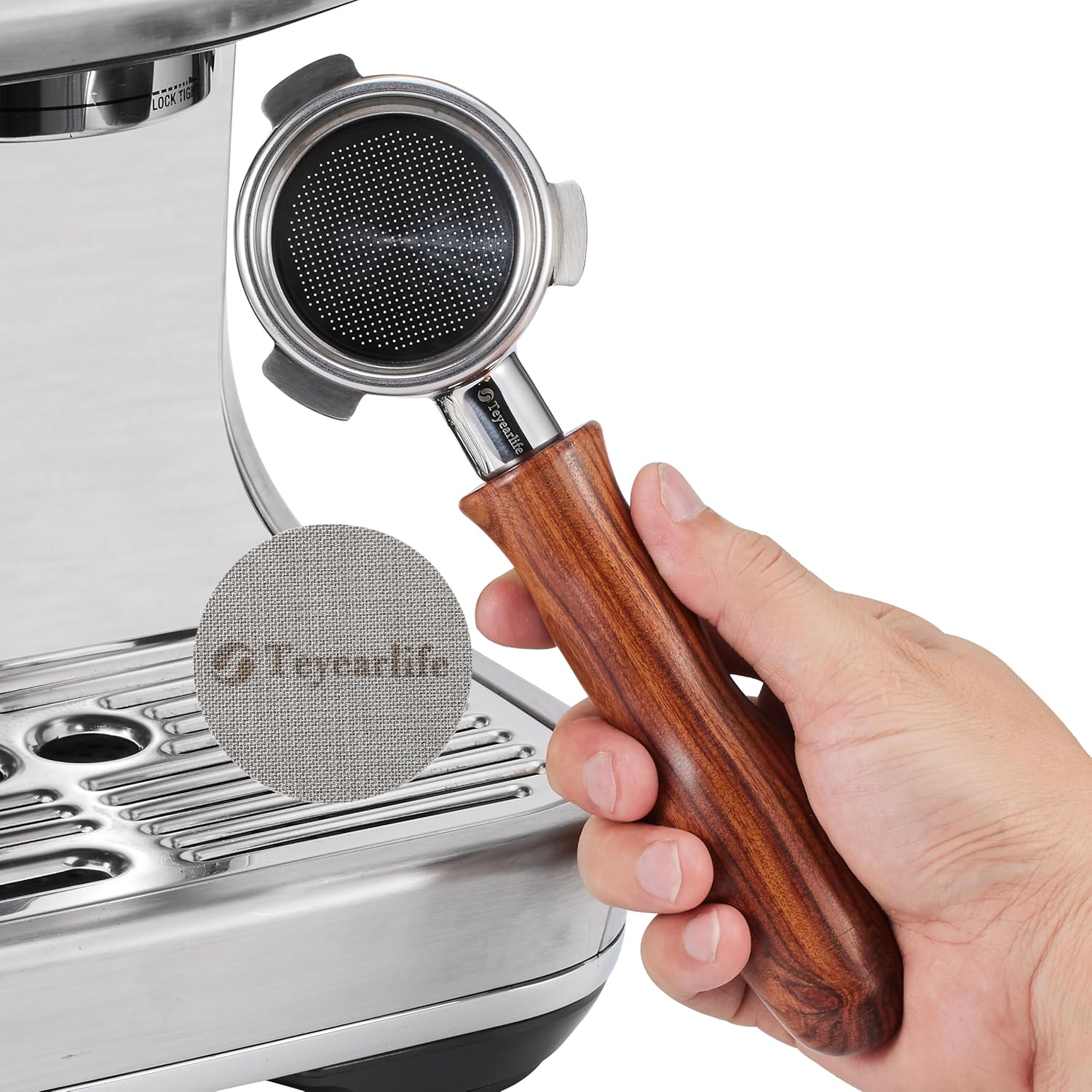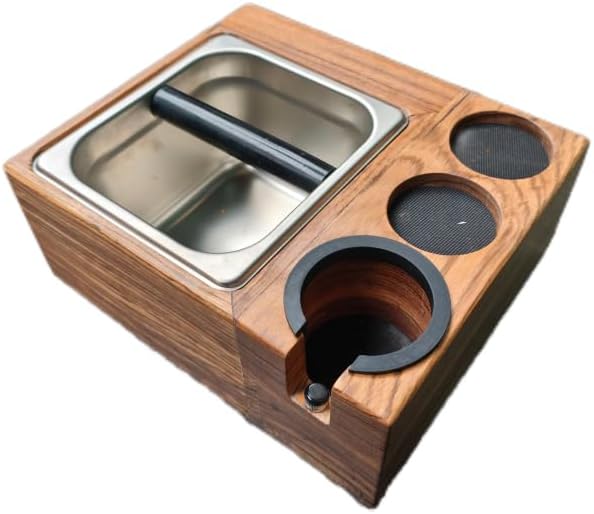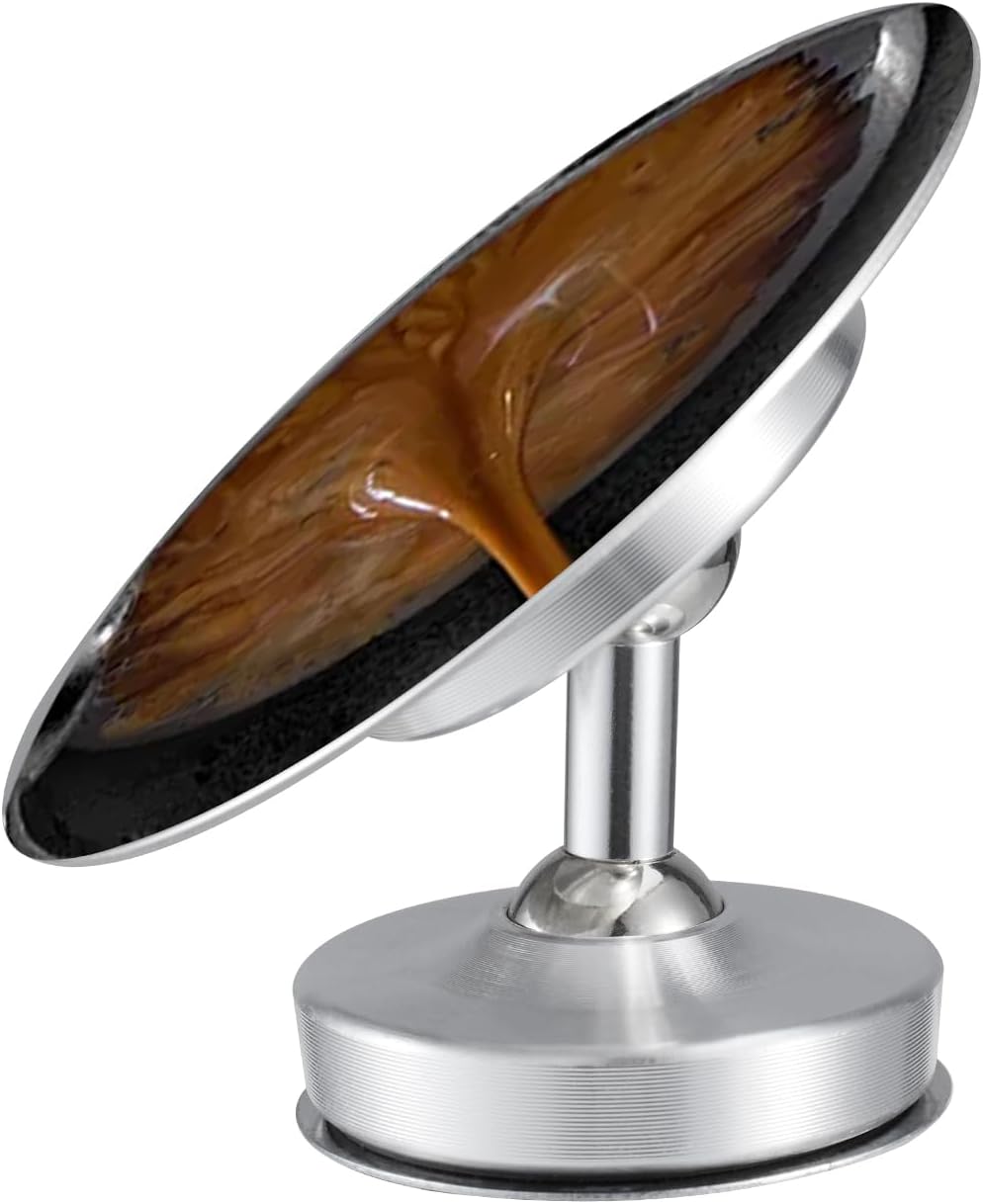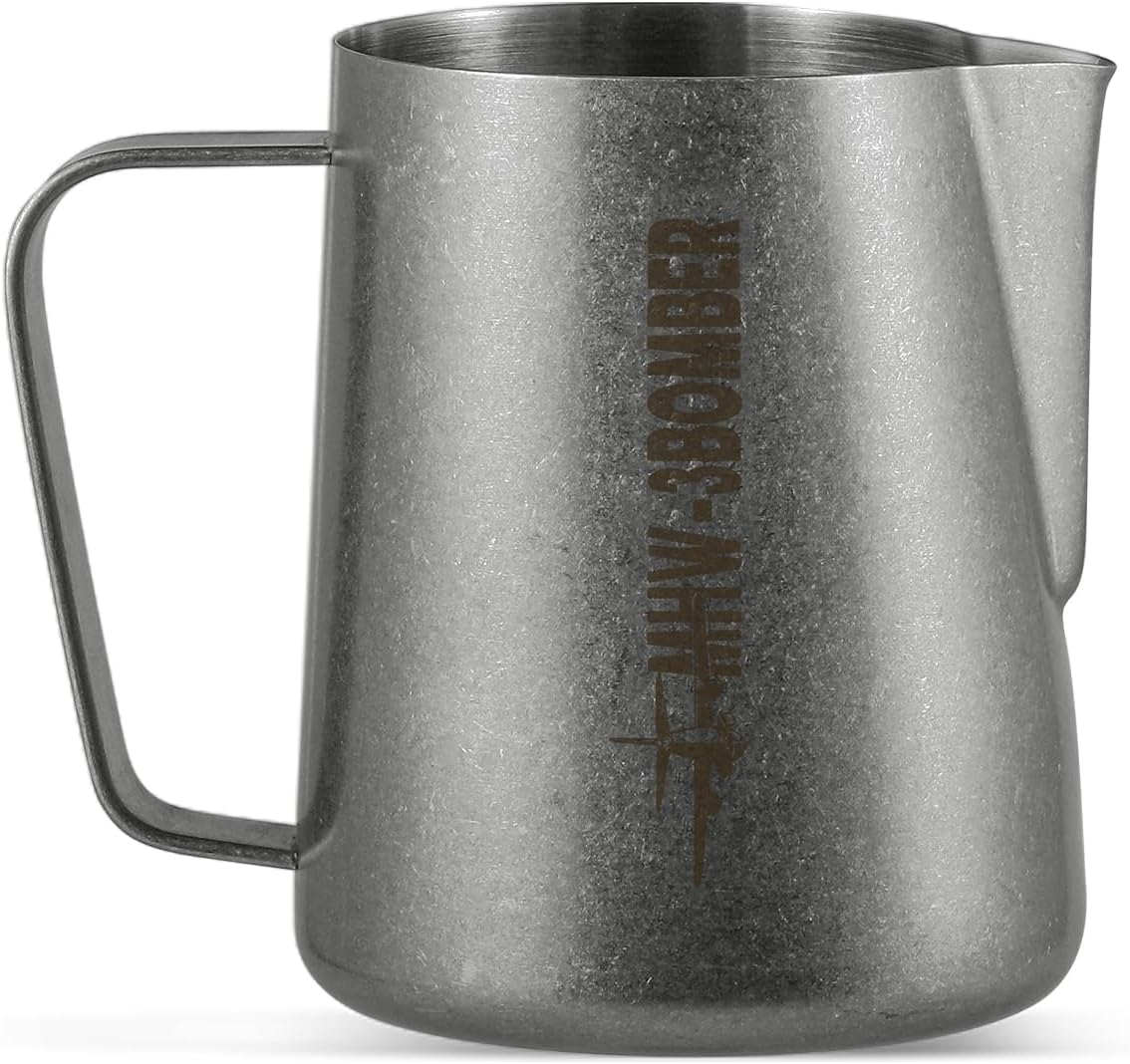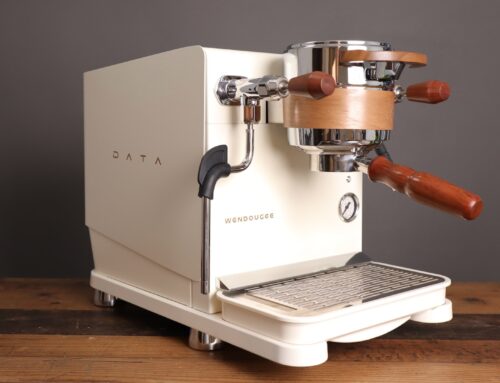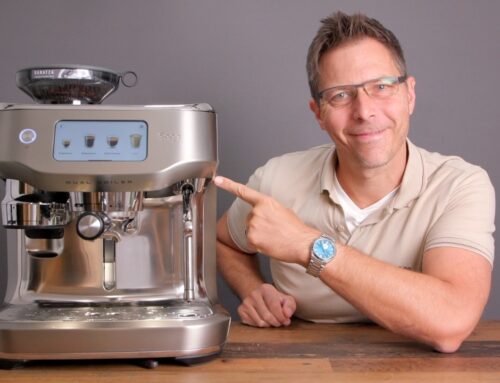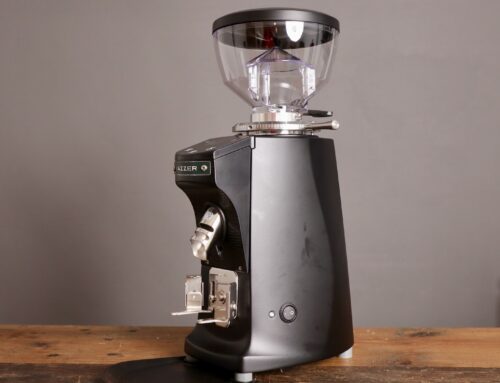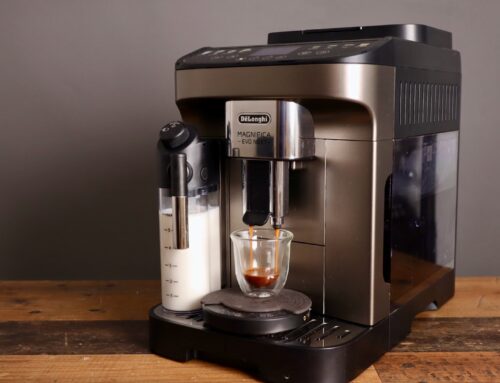Breville (Sage) Barista Express Review in 2025
Introducing the Barista Express
As far as I can tell, the Breville Barista Express is the most popular “all in one” espresso machine in the world. Or at least the Amazon sales figures would lead one to think that. In this review, we will take a look at the machine, and do a deep dive. Let’s try to figure out what made this become the behemoth on the block, over the last 13 years.
For all who don’t know, Breville is a major appliance brand, based out of Australia. They have been designing and engineering espresso machines, toasters, blenders and other home equipment for quite some time. It may be confusing that one will see the name Sage on the European market. This is simply because the Breville trademark was sold off, early in the company’s history, to the European market. So much for that.
**By the way, for anyone interested in these machines who lives in Europe, feel free to email me at my contact up above. I have recently received some discount codes for Sage machines.**
Sage Europe:
If you live in Europe, and in a participating country, feel free to request a 15% Sage discount code below. It’s good across their website for select countries.
The Looks and Features of the Breville Barista Express
Probably one of the main reasons for the Breville Barista Express’ success are it’s aesthetics. Even more than 10 years after launch, the machine still looks quite nice on the countertop, especially in the color “black truffle.” In the middle of the machine is a manometer, which is surrounded by two circular buttons on the left and three on the right. On the right side of the machine is a hot water outlet, and a nice steam wand on a 360 degree ball joint, operated by a toggle switch on the right side of the casing.
But another large part of the success are the excellent ergonomics of the machine. It boasts a heavy and high quality 54mm portafilter, that feels lovely in the hand. It has a dimple, where your pointer finger is supposed to fit. It includes a magnetically attached tamper, which stows away in the upper left part of the housing. The drip tray is proportioned generously, and comes with a little pop up float that says “empty me!” Finally, behind the drip tray is a stowage area, for the included tools such as the steam wand pick, the Razor, and so on.
You are currently viewing a placeholder content from YouTube. To access the actual content, click the button below. Please note that doing so will share data with third-party providers.
More InformationEngineering and Design
I always have to smile when I see what Breville has packed into its design. I love the fact that the included tamper is magnetic, and get sucked up into the machine housing, to be kept neat and tidy. The included milk frothing pitcher has a temperature scale on it, so you know how hot your milk is getting. Then, the included tools find their home in a little dish behind the drip tray. Finally, there is a pop up message that says “clean me!” when it’s time to empty the drip tray. And again, I love how the portafilter feels in the hands. It’s weighted as such, and formed so that it fits perfectly cradled in your hands.
Front Panel and Operation
The center of the front panel is dominated by a pressure manometer. Unfortunately, there is no bar reading, but I am guessing that 12 o’clock is 9 bar. On the far left is the power button, to either power on the machine from an off state, or to wake up from a standby state. Next is a potentiometer for the grind amount. This adjusts the amount of time the grinder grinds for. To the right of this is the “filter size”, which is to select a grind amount for a single or double basket. This will simply double the time needed to grind for a double basket.
To the right of the manometer towards the bottom are two indicators: “clean me” and an indicator whether hot water or steam is active. The former is a good reminder to backflush your brew group. Above the indicator lights is the “Program” button, which when pressed, allows one to program the amount of espresso volumetrically. Simply press the program button, then press the single or double cup button to start the extraction, and press again to stop, once the desired weight is reached. The machine beeps twice as an auditory feedback, that the new volume has been programmed – nice! Finally, on the right hand side of the machine casing is a selector switch to choose between steam or hot water.
PID and Temperature Adjustment
The Barista Express has an integrated PID temperature control, although there are no indicators for current temperature. Nevertheless, the machine controls the thermoblock to try and remain stable at 93 degrees celsius during the extraction. 93 degrees is pretty much the standard value for extractions, but if you want to lower the temperature for darker beans, or raise it for lighter beans, here’s how:
1 – turn the machine off by pressing the power button
2 – press and hold the “Program” button while turning the machine on.
3 – now, press “Power” for -2 degrees, “Filter Size” for -1 degree, “1 cup” for +1 degree, and “2 cup” for +2 degrees.
Performance: Espresso and Milk Froth
The Breville Barista Express really does provide an excellent performance and ergonomy for its pricepoint. It can make tasty espresso, especially if one uses freshly roasted beans, and prepares the puck nicely. This should be practiced no matter which espresso machine you choose. I found that the espresso got better as the machine was on for longer, as the portafilter eventually got passively heated up. A hotter portafilter also heats the basket, and this provides for a higher heat extraction, which can tickle the sweet notes out of the beans. All this being said, if I had to choose something to change, it would be the high water flow. This machine could benefit from a dimmer to slow the flow a little bit.
As for milk texturing, this machine does a great job at it. It takes me about 1 minute or slightly longer to texture milk, which is a bit on the longer side. However, for beginning baristas this is a good thing, as it allows for more time to texture the milk after injecting air. My only gripe with the steam mode is, that it takes about 15-20 seconds to go from espresso to steam mode, which is longer than the 10 seconds the Delonghi Dedica needs.
What about the Grinder?
The Breville Barista Express comes with a conical grinder, I believe 38mm, and it is adjustable in 15 steps. While that may not be refined enough for the most demanding of coffee beans, it is adequate in dialing in for most use cases. If the shot runs a little too long or too short, this can also be amended by either reducing the dose by 1 gram, or increasing it by 1 gram. Thankfully, the bean hopper is easily removable, and so is the top burr. That makes cleaning quite convenient.
Specifications:
– Dimensions: 318 mm x 351 mm x 404 mm
– 1600 Watt thermocoil heating system
– 54mm portafilter
– PID control
– Integrated conical grinder with 16 settings, & 250g bean hopper
– Integrated magnetic tamper
– Included accessories: milk frothing pitcher, tamper, water filter, test strips for water hardness, 4 baskets (2 non pressurized and 2 pressurized), Razor, cleaning tabs and descaler powder.
– 2 year guarantee
54mm Accessories for the Breville/Sage Barista Models
While the Barista line of espresso machines all come with the accessories you need, there are some nice upgrades, in particular a nicer tamper, a better basket, and a sweet bottomless portafilter so that you can view and diagnose the extractions. I use a self/levelling tamper and bottomless portafilter myself, and I can recommend them, as they fit well. The IMS basket is also super nice, just grind a tick finer for it, since it has more holes than the OEM basket, and therefore offers less static resistance.
Suggestions for Improvement
This machine is already over 10 years old, and it has become the bestseller of the Breville Group’s espresso offerings. Not surprising for all the features it offers. If I could make a suggestion to their engineers, it would be to add bar markings to the manometer ticks, a cool LED light to see the extraction, and maybe a faster heat up time. Of course a dimmer would be sick, but not really necessary for the masses.
Competitors to the Barista Express
Recently, Delonghi has started competing with Breville in the “all in one” market space. In particular, they have released their EC9155 La Specialista Arte, which is shown below in the comparison video. Also, there is another company called Breville in the EU, which produces the Breville Barista Max. This is a separate company, so please don’t be confused.
Find your Espresso Machine here:
YouTube tips on using the Barista Express
You are currently viewing a placeholder content from YouTube. To access the actual content, click the button below. Please note that doing so will share data with third-party providers.
More InformationYou are currently viewing a placeholder content from YouTube. To access the actual content, click the button below. Please note that doing so will share data with third-party providers.
More InformationBreville Barista Express Review
Breville Barista Express vs Delonghi La Specialista Arte

